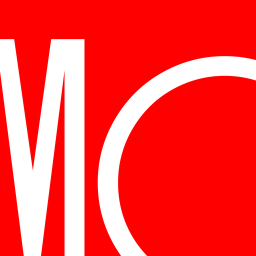JPMorgan Small Cap Growth Fund earns an Above Average Process Pillar rating.
The most notable contributor to the rating is its parent firm's superior long-term risk-adjusted performance, as shown by the firm's average 10-year Morningstar Rating of 3.3 stars. The parent firm's five-year risk-adjusted success ratio of 55% also supports the process. The measure indicates the percentage of a firm's funds that survived and outperformed their respective category's median Morningstar Risk-Adjusted Return for the period. Their commendable success ratio suggests that the firm does well for investors and that this fund may benefit from that. Lastly, the process is limited by the number of months that the management team has been running this vehicle together.
This strategy does not differentiate itself from its Small Growth category peers in terms of size and style exposure. Analyzing additional factors, this fund has constantly tilted toward stocks with higher trading volumes than its Morningstar Category Peers over the past few years. Such stocks may have less potential upside than illiquid holdings, but they are easier to trade during market downturns. In recent months, the strategy was more exposed to the Liquidity factor compared with its Morningstar Category peers as well. The strategy has also had a defensive tilt, demonstrated by lower exposure to the quality factor than peers in recent years. This means the fund has avoided holding companies that are consistently profitable, growing, and have solid balance sheets. Lacking this ballast, the fund's prospects could rest on its ability to beat peers during economic booms. Similarly, in recent months, the strategy also had less exposure to the Quality factor than peers. Additionally, the managers have consistently taken on more risk, demonstrated by higher volatility exposure than peers. Such stocks tend to rise faster and fall harder than the broad market. High-volatility exposure contributes to stronger performance during bull markets, but often at the cost of losing more during downturns. In this month, the strategy also had more exposure to the Volatility factor over its peers. More information on a fund and its respective category's factor exposure can be found in the Factor Profile module within the Portfolio section.
The portfolio is overweight in technology by 5.4 percentage points in terms of assets compared with the category average, and its consumer cyclical allocation is similar to the category. The sectors with low exposure compared to category peers are financial services and communication services, with financial services underweighting the average portfolio by 4.9 percentage points of assets and communication services similar to the average. The strategy owns 136 securities and its assets are more dispersed than the typical peer in the category. In the most recent disclosure, 17.6% of the portfolio's assets were concentrated in the top 10 fund holdings, as opposed to the category average's 26.1%. And finally, in terms of portfolio turnover, this portfolio turns over its holdings less quickly than peers, potentially leading to lower costs for investors and eliminating a drag on performance.

